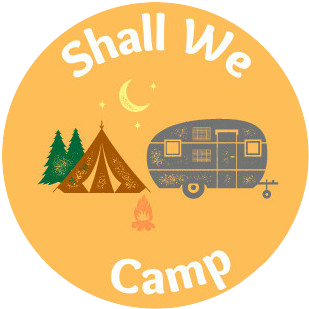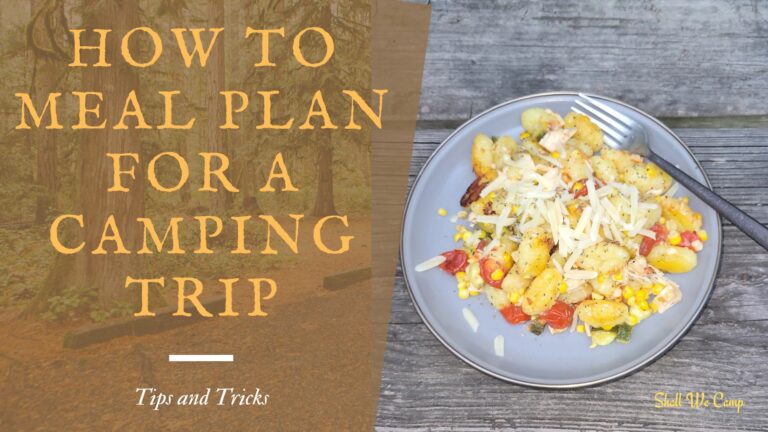Meal planning gives you the opportunity to make sure you have enough food and the right types of food, so you're not stuck eating the same boring snacks every day. It keeps you fueled for hiking, swimming, or just lounging by the campfire without a care in the world.
Get prepped and primed for your next outdoor adventure!
Without a solid meal plan, you might find yourself running out of snacks or missing essential ingredients. Plus, you’ll save money and reduce waste, when you have a plan going in.
In this guide, we’ll cover everything from assessing your group’s needs and selecting easy-to-pack foods, to creating a detailed meal plan that includes breakfast, lunch, dinner, and snacks. You’ll also find tips on efficient packing, food storage, and preparation techniques to make your camp meals easy and enjoyable.
Table of Contents
Understanding Your Camping Trip
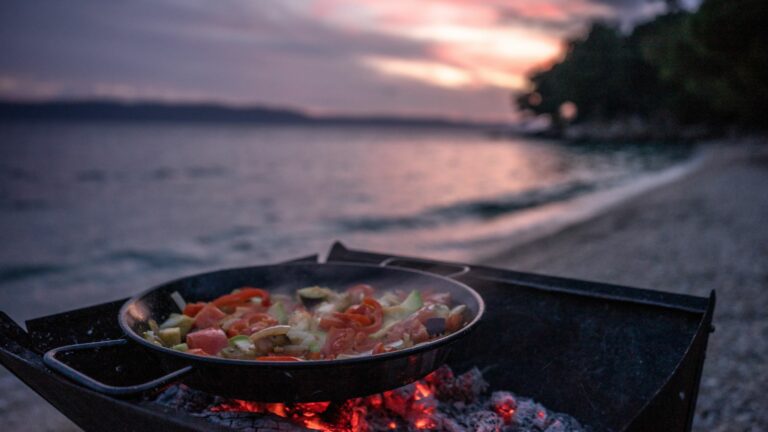
Trip Duration and Location
The length and location of your camping trip are important when coming up with your meal planning strategy. For a short weekend getaway, you can pack fresh ingredients and focus on simpler meals, while a longer expedition might require more non-perishable items and diverse recipes to keep everyone satisfied.
If you will be camping in a remote area, it’s essential to bring enough water for cooking and drinking, or plan for a reliable method of water purification.
Firewood availability is another consideration you should be aware of. Some campsites provide firewood, while others require you to bring your own or gather it responsibly. Figure out these details ahead of time so you can plan accordingly.
Group Size and Preferences
How many people will be camping with you and what do the like or dislike? Larger groups may require bulkier amounts of food and more elaborate planning to be sure everyone is fed, while smaller groups can be more flexible with meal choices.
Take note of any dietary preferences or restrictions within the group, such as vegetarian or gluten-free options, as well as allergies to certain foods. You want to make sure that everyone has something they can enjoy.
Also, take into account the age range of your group. Kids may have different nutritional needs or preferences compared to adults.
The Basics of Camp Meal Planning
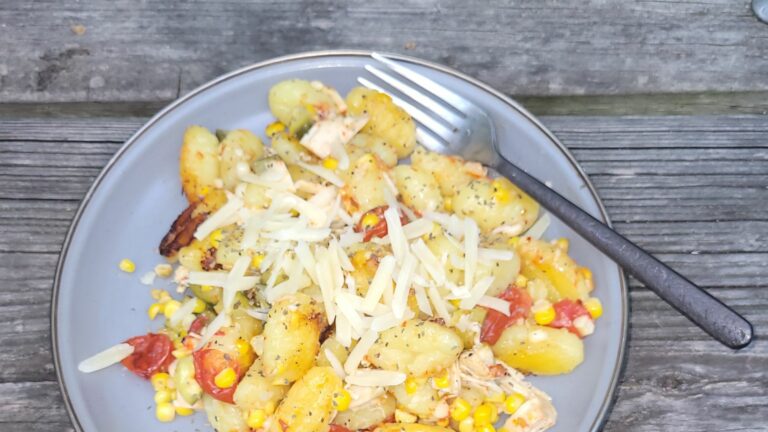
Nutritional Needs
When you’re out camping, you need to fuel your body with balanced meals that provide the energy and nutrients you need for outdoor activities. Incorporate a mix of carbohydrates for energy, proteins for muscle repair, and healthy fats for sustained energy. Add fruits and vegetables for essential vitamins and minerals, which can help you feel energized and ready to tackle any adventure.
Easy-to-Pack Foods
Pack smart and choose foods that travel well and require minimal preparation. Non-perishable items like pasta, rice, canned beans, and oats are great staples. For snacks, consider nuts, dried fruits, granola bars, and trail mix, which are easy to grab and high in energy. Fresh produce like apples, carrots, and bell peppers are durable and can add variety to your meals.
For proteins, pack things like canned tuna or chicken, pre-cooked sausage, or vacuum-sealed tofu. Prepping some ingredients at home, like chopping vegetables or marinating meats, can save time and effort at the campsite.
Cooking Methods Available
The cooking methods you choose will depend on the equipment available and your comfort level with campfire cooking. Campfires are a classic option and can be used to cook a variety of meals, from foil packet dinners to roasted vegetables. However, if open fires aren’t an option, portable stoves are a reliable alternative and are perfect for boiling water or cooking one-pot meals.
No-cook meals can also be a lifesaver, especially for lunches or when you’re short on time. Consider things like sandwiches, wraps, or salads made with pre-cooked grains and canned proteins.
Creating a Meal Plan
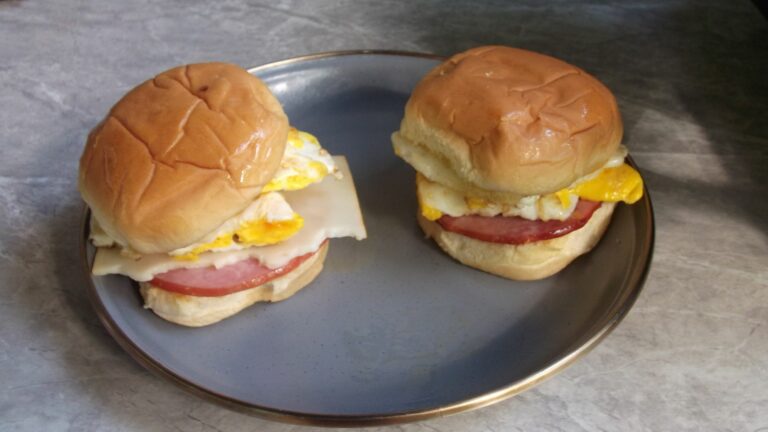
Breakfast Ideas
Start your day with easy and nutritious breakfasts that will give you much needed energy throughout the day. Here are some great options:
Oatmeal: Oatmeal can be enhanced with dried fruits, nuts, and a drizzle of honey. It’s easy to prepare with hot water and provides a warm, filling start to the day.
Pancakes: Pre-mix your dry ingredients at home and add water or milk when you’re ready to cook. Top with fresh berries or maple syrup for a classic camp breakfast.
Breakfast Burritos: Our All time favorite!! Prepare the filling ahead of time with scrambled eggs, cheese, and your choice of protein like bacon or sausage. Wrap them in tortillas and warm them over the campfire or stove.
Lunch Options
Keep lunchtime simple and portable with these easy options:
Sandwiches: Use whole-grain bread or wraps and fill them with protein-rich ingredients like turkey, cheese, and avocado. Pack condiments separately to avoid soggy bread.
Wraps: Fill tortillas with hummus, sliced veggies, and grilled chicken or tofu for a refreshing and easy-to-eat meal.
Salads: Pre-pack salads in individual containers with hearty ingredients like quinoa, chickpeas, and mixed greens. Bring dressing separately to add just before eating.
Dinner Recipes
After a day of exploring, enjoy hearty dinners that can be cooked over a campfire or stove:
Foil Packet Meals: Combine proteins like chicken or fish with vegetables and seasonings, wrap them in foil, and cook them directly over the fire. These are customizable and easy to clean up.
- Grilled Skewers: Skewer pieces of meat and vegetables for a fun, interactive dinner. Marinate the ingredients beforehand for extra flavor, and grill them over the fire until cooked through.
- One-Pot Dishes: Prepare meals like chili or pasta in a single pot for minimal cleanup and maximum flavor. Use canned beans, pre-cooked sausage, or fresh veggies for a satisfying meal.
Check out this article about the 15 Easy One-Pot Camping Meals for Outdoor Adventurers for more inspiration.
Packing and Storage Tips
Efficient Packing Techniques
Start by using airtight containers and resealable bags to keep food fresh and prevent spills. Consider packing ingredients in pre-measured portions to save time and space.
Organize your food items by type and use insulated cooler bags to keep perishable items chilled. If you're bringing a cooler, pack it with ice packs or ice to maintain a low temperature. Use soft-sided coolers for flexibility and easier storage in your vehicle or campsite.
For dry goods and non-perishable items, use clear plastic bins to keep everything organized and easily accessible. Label each bin to quickly identify contents and avoid rummaging through your gear. By packing smartly, you’ll save space and reduce the chances of spoilage or mess.
Food Storage and Safety
Avoiding foodborne illnesses at camp starts with proper storage and food safety practices.
Perishable Items: Keep meats, dairy products, and other perishable items in a cooler with plenty of ice or ice packs. Avoid opening the cooler frequently to maintain a consistent temperature. Consider using a thermometer to make sure the cooler stays at or below 40°F (4°C).
Non-Perishable Items: Store these in a cool, dry place away from direct sunlight. Items like canned goods, pasta, and rice should be kept in airtight containers to prevent moisture and pests.
Food Safety Practices: Keep raw and cooked foods separate to prevent cross-contamination. Use separate cutting boards and utensils for raw meats and other foods. Always wash your hands before handling food, and clean surfaces and equipment thoroughly.
Shopping Lists and Preparation
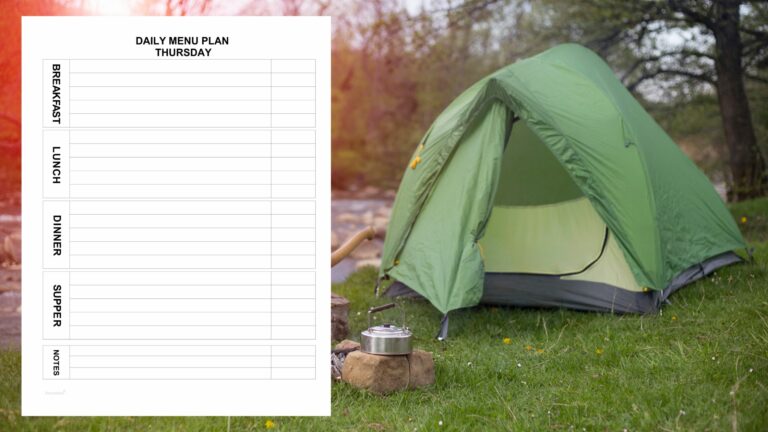
Creating a Shopping List
Begin by listing all the meals and snacks you plan to prepare, and then break down the ingredients needed for each. Group similar items together, such as produce, meats, dairy, and pantry staples, to make your shopping trip more efficient.
Include quantities next to each item to avoid over- or under-purchasing. Don’t forget essentials like cooking oil, spices, and condiments, which can make a big difference in flavor and enjoyment.
Pre-Trip Preparation
Preparing ingredients ahead of time can save you a lot of hassle and effort at the campsite. Here are some pre-trip preparation tips:
Chop Vegetables: Wash, peel, and chop vegetables before your trip. Store them in resealable bags or airtight containers to keep them fresh and ready to use.
Marinate Meats: If your meal plan includes marinated meats, prepare them at home and pack them in leak-proof containers. This not only saves time but also enhances the flavor as the meat marinates in your cooler.
Pre-Cook Ingredients: Consider pre-cooking some components, like rice or pasta, to save cooking time at the campsite. You can also make sauces or dressings in advance and store them in small containers.
Cooking Tools and Utensils
Here’s a list of essential tools and utensils to make sure you bring along:
Portable Stove or Grill: If campfires aren’t an option, a portable stove or grill is a reliable way to cook your meals.
Cookware: Bring a sturdy pot and pan suitable for campfire or stove use. A Dutch oven is also a great option for one-pot meals.
Utensils: Pack a set of cooking utensils, including tongs, spatula, ladle, and a cutting board. Don’t forget a can opener if you’re bringing canned goods.
Eating Gear: Include reusable plates, bowls, cups, and utensils for each camper. Consider bringing a dishwashing tub and biodegradable soap for easy cleanup.
Miscellaneous Tools: A multi-tool or knife, matches or a lighter, and a cooler are also must-haves for a successful camping trip.
Related Article
Check out this article about “How to Set Up a Camp Sink for Easy Dishwashing”
